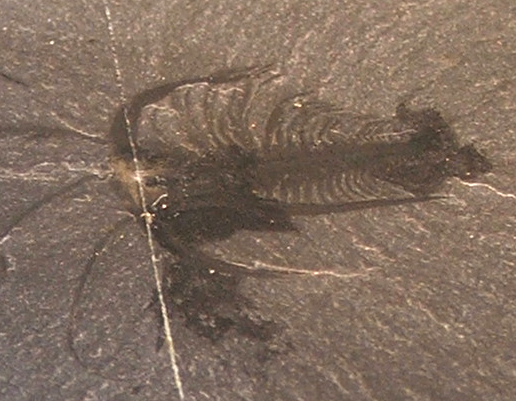Podcast 321 - Getting Mostly Stems Here
/The gang discusses two papers that have very little in common with each except for the word “stem”. The first paper uses birth death models to simulate the fossil record in order investigate if neutral models can produce patterns similar to the “crown”/“stem” evolutionary dynamics that have been observed in real data. The second paper investigates stem mandibulate fossils to investigate the timing of major key innovations in the evolutionary history of this arthropod group. Meanwhile, Amanda decides, James bullies, and Curt explains.
Up-Goer Five (Curt Edition):
The friends talk about two papers that have very little to do with each other, other than the fact that they have one of the same words in them. The first paper looks at the ways in which animals change over time and how they make more of each other and how the ways things live and die can make it look like there are some groups that do better than others. The paper shows that some of this is something we should see even if it is just because of how things make more things and the fact that we care more about the things that live today than the things that do not live today.
The second paper looks at how animals that have many parts that repeat make their arms and legs. This paper looks at very very old animals from groups that are not around today but maybe could be close to those groups. The group of animals today that this group is close to has a lot of things that all of them share, like that they make mouths from a lot of arms, and also they have things on the front they use to feel things, and that they are three parts. This paper is using these old animals that are close to this group to try and see which things today in this group appeared first, and which things may have taken some time before they appeared.
References:
Budd, Graham E., and Richard P. Mann. "The dynamics of stem and crown groups." Science Advances 6.8 (2020): eaaz1626.
Liu, Yao, et al. "A tiny Cambrian stem-mandibulate reveals independent evolution of limb tagmatization and specialization in early euarthropods." Scientific Reports 15.1 (2025): 19115.



